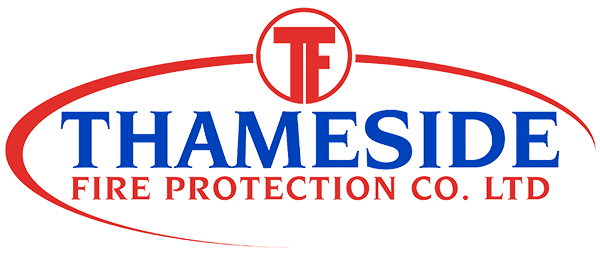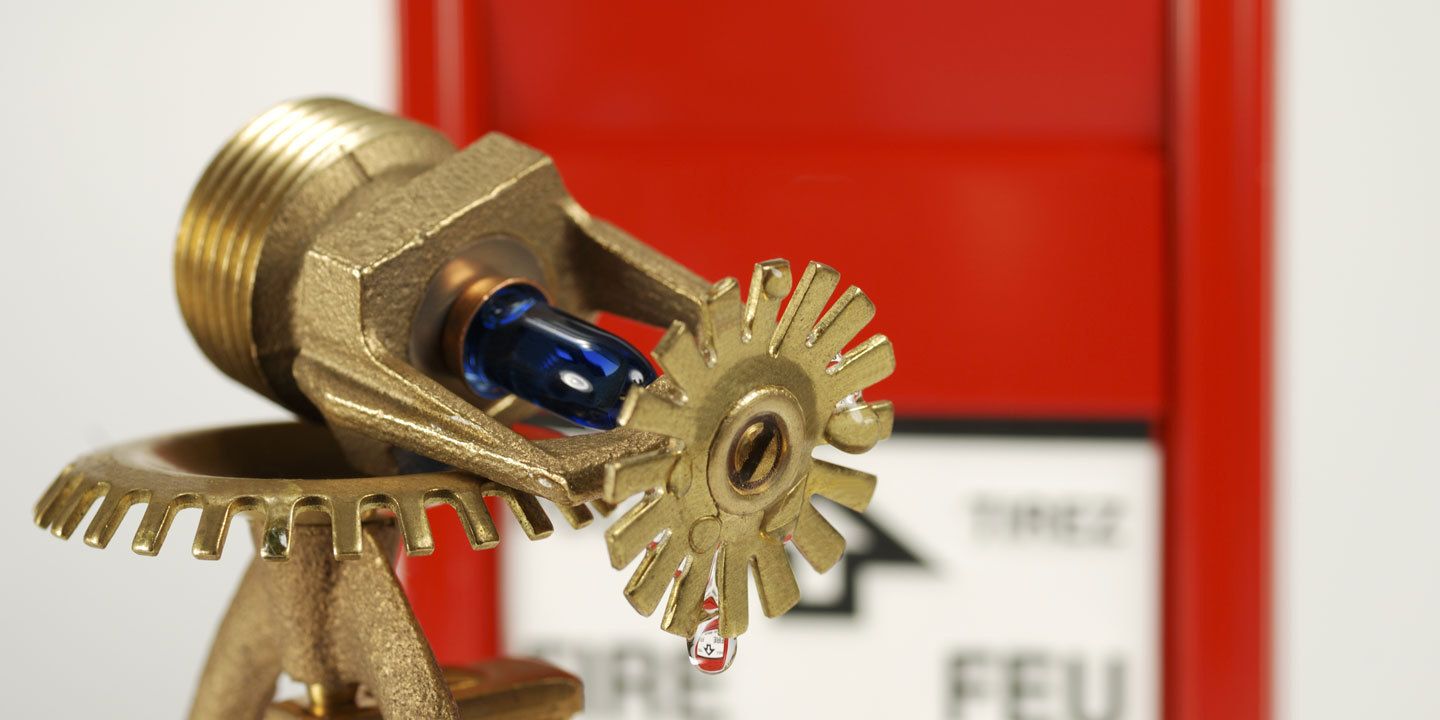The Four Most Common Types Of Fire Sprinkler Systems
Studies have suggested that fire sprinkler systems can reduce your chance of death in a fire by 82%, with no multiple losses of life ever recorded in a building with a full sprinkler system in place.
Unlike a fire alarm system, which sounds and alerts people when a fire is detected, a fire sprinkler system releases water and/or gas in order to slow and stop fires. Read on to learn more about the range of sprinkler system options available for both residential and commercial fire protection, and how Thameside Fire Protection can help with your sprinkler system needs.
Wet Pipe Systems
The most common type of sprinkler, wet pipe systems are incredibly reliable and simple. A constant supply of water is held in the pipes above the sprinkler heads, which is released continuously when the heat from a fire is detected.
Wet Pipe systems can respond to fires instantaneously, are cost-effective and reasonably easy to maintain. It is also important to remember that if you’re worried about a Wet Pipe sprinkler accidentally going off, the chances of that happening are roughly 1 in 16,000,000!
Dry Pipe Systems
These fire sprinkler systems are commonly installed in unheated buildings where the low temperature could potentially freeze the water in a standard wet pipe system. Instead of water, the system contains air or nitrogen which is released through the sprinkler head when there is a sudden increase in temperature.
This fire protection system is more complex and requires increased maintenance, but is ideal for cold climates, as well as unheated areas such as warehouses, outdoor loading docks and commercial freezers.
Pre-action System
Similarly to the dry pipe system, the pipes contain pressurised air or nitrogen, but it requires a different process to be activated. Once smoke is detected, the pre-action valve opens to allow water to fill up the pipes, and then the sprinkler heads are activated and distribute water over the fire. The two-step process prevents accidental activation and is ideal for libraries, museums and server rooms.
Deluge System
Here, this system contains no gas or water. Instead, the deluge valve opens and sends water quickly to the sprinklers, which are connected to the pipes and always open. The Deluge system is most effective as a fire protection tool in areas with a high risk of fire spreading rapidly.
Areas such as chemical plants, aircraft hangers and factories require the deluge systems fast-acting system to ensure a fire doesn’t evolve into something larger and more damaging.
Thameside Fire Protection
We provide the design, installation and maintenance of all of the mentioned fire sprinkler systems, as well as alarms, extinguishers, and other fire suppression systems. A family-owned and run business, we have operated successfully since 1985 and have been assessed against internationally recognised standards with 24-hour, nationwide coverage.
Whether you are interested in any of the above sprinkler systems or have any other fire safety needs, feel free to contact us today at 0800 975 4888 and enquiries@thamesidefire.co.uk.


